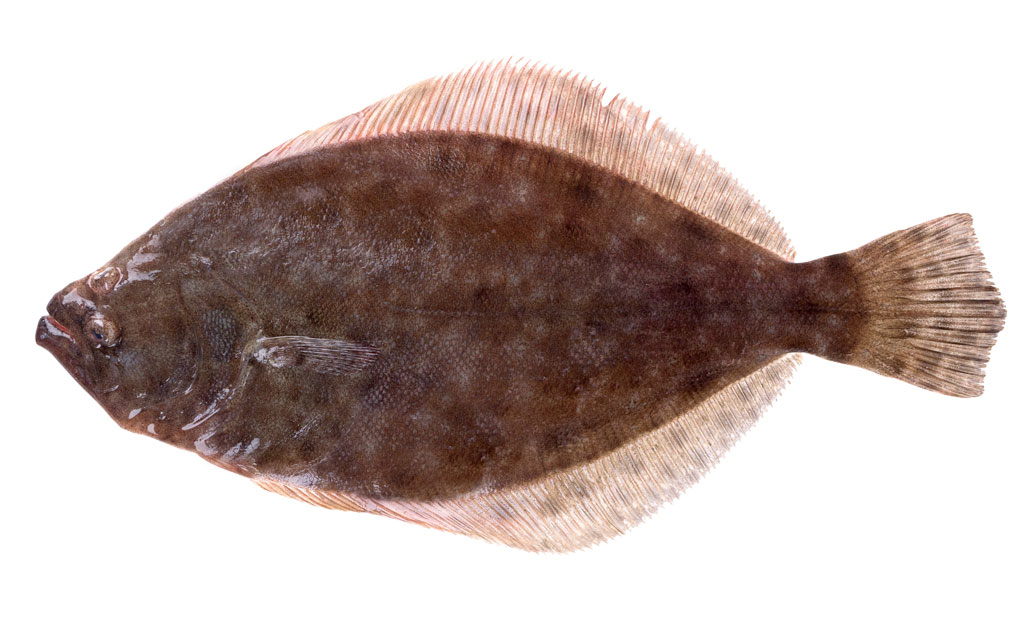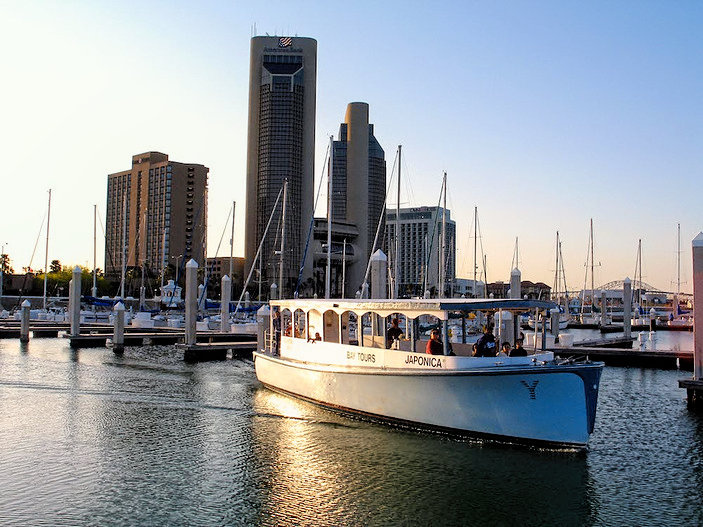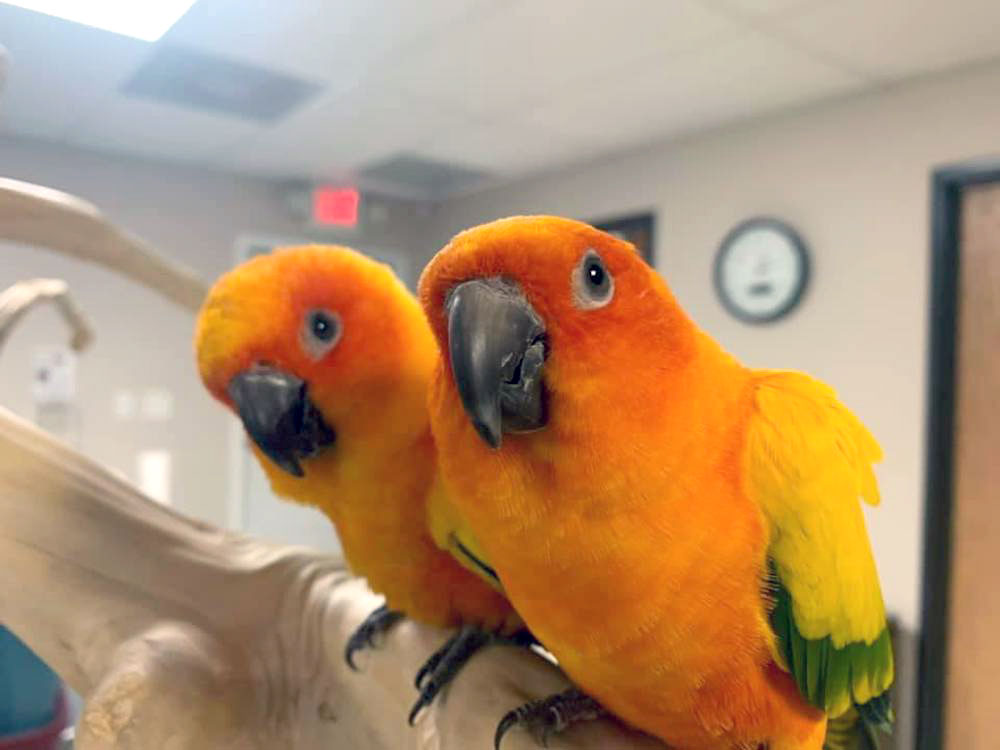
Regulations for commercial use of drones under 55 pounds are easing up. The Federal Aviation Administration is expected to release new, less strict rules in late June 2016.
To fly an unmanned aircraft for profit, companies must be granted a federal exemption to share airspace with manned aircraft. To work for big contractors in need of drone services, those same companies also need credentials. A process that takes three months and about $10,000 has drawn at least 250 entities to the Coastal Bend, where the first-in-the-nation credentialing system for drones has been developed and is now being implemented.
The Lone Star UAS Center at Texas A&M University-Corpus Christi is one of only six federally designated test sites working with the Federal Aviation Administration to develop procedures to safely allow drones in the national airspace. It is the first to actually begin credentialing.
“To legally fly a UAS in the national air space, a company has to apply for a Section 333 exemption,” said Dr. Jerry Hendrix, executive director of the Lone Star Center. “If they want to operate with key stakeholders, they need to be credentialed. We have over 100 different processes we have to follow to provide this vetting service.”
A 333 exemption is part of the Federal Aviation Administration Act of 2012, an act of Congress that gives civil commercial entities the ability to apply for exemptions to legally fly in the national air space. The process takes nine months and can cost anywhere from $400 to $100,000 depending on the extent of the application and who does the work.
“The forms are detailed and exhaustive,” Hendrix said.
Until the FAA Act of 2012 passed, drones could not be used to make money. That act also created the Lone Star Center along with its six companions. Besides the credentialing, the center also conducts research through testing and imagery that is submitted to the FAA on a quarterly basis.
“We are helping the FAA define the rules, regulations and procedures for civil and public operation,” Hendrix said.
Drone users, he explained, fall into three categories: hobbyists, public entity operations and civil operations. Civil is commercial, while public includes government, research and nonprofits.
Hobbyists are already regulated. To fly any recreational craft, you are required to have a membership card from the Academy of Model Aeronautics, which costs about $75. You also have to follow AMA operating procedures.
Commercial research done by the Lone Star Center becomes important to drone operators at all three levels as the researchers test all models for air worthiness and command and control vulnerability.
Safety is the most important factor in all of the research.
“The FAA has a requirement that unmanned systems have to be equivalent to manned safety,” Hendrix said. “That’s the reason they call them aircraft and not drones. By law, any aircraft has to come under certain regulations.”
Because of their research, Hendrix said he is worried about the reliability of some of the aircraft being put on the market.
“They are not as reliable as you would desire,” he said. “There are structural failures and part failures. They are not falling out of the sky, but things are breaking. We get several phone calls a month from someone who says their son or daughter lost a drone, can we help them find it. We can’t.”
Also problematic is the lack of awareness of the environment, which is why safety training is so important at all levels.
“I got a call from someone who said he was operating his aircraft by a power plant and lost control,” Hendrix explained. “We’ve flown close to power plants. We know what happens around them. A power plant disrupts the communications between the aircraft and ground control.”
The ultimate goal is to have all civil operations rules defined and begin implementing them by 2020. Along the way, additional permissions will be released. Recently, the FAA began allowing commercial UAS to fly at higher altitudes thanks to the Lone Star Center’s research work.
Without a 333 exemption, operators face big fines that could put them out of business. One company in Chicago was recently levied a $1.5 million fine that ended its operations for good.
“The FAA is beginning to crack down on operators flying without permission,” Hendrix said. “People who are doing the right things, going through the process, are now starting to turn in those who don’t, and I don’t blame them. It affects their business to have to compete against people who fly without approvals.”
Currently, the Lone Star Center has major contracts with NASA, FAA, a variety of state agencies and several major corporations. Its funding has been extended another five years into the year 2022.
“We’ve had tremendous support from the city and the community,” Hendrix said of the center’s Corpus Christi location. “We love being here. The Lone Star Center will continue to bring relevance and jobs and industries to this area.”





